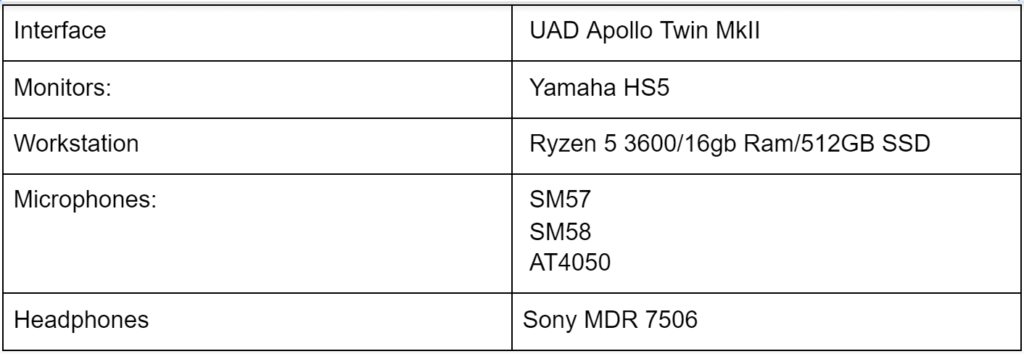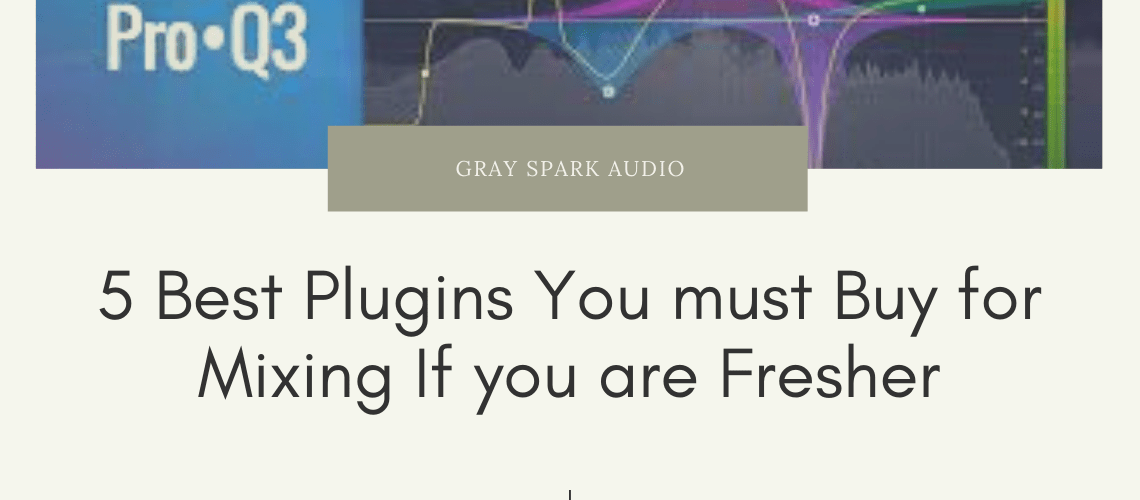A general guide for Buyers:
In the following sections, we will note down a set of equipment and gear that you can source for various types of setups that will cater to various needs of the clientele you wish to attract for your business. The key for a buyer is to source the equipment that the studio needs at the lowest possible price and save enough money to purchase higher-end equipment that will help level up the business moving forward.
In India, we have a huge second-hand/used marketplace that should be the first place that someone who’s looking for new equipment should look at. Several Facebook groups/websites are dedicated just to the sale of used equipment. There are a few things that one should consider when buying used gear that we will discuss in a moment, but the idea with buying used equipment is to cut down on the initial expense to keep some money on top to spend on other aspects of the business that can help you scale up quicker.
In cities like Mumbai and Chennai, there are a few vendors/sellers who primarily deal in used equipment from a studio that has either recently shut down or is renovating. In most cases, buying from these vendors might be slightly more expensive than buying from an individual directly but here you get a verified purchase and the seller usually will ensure the quality of the equipment.
Keeping up with equipment:
All of us have been in a position where just after buying a fancy new piece of equipment, the manufacturers announce a newer/bigger/better gear that they’re releasing soon. We live in a world today where a phone becomes obsolete in a matter of months and although that might not necessarily be true for “Audio Gear”, there are drastic changes that are happening in the industry that could disrupt the Audio Industry. The last disruption that the audio industry faced was the shift from Analog to Digital. Analog now although still exists in a hybrid from most large format studio have made the shift from Analog to Digital systems. Those who couldn’t keep up with the change in the industry/equipment were left behind.
We may stand at the cusp of one of these disruptions, or we might already be in one. ***As we discussed in the last part of this blog, most large format studios have now shut down owing to the radical transformation in technology that empowers most musicians to produce and record their music from the comfort of their homes.
That being said, we are now finding newer technology like emulations of Analog equipment and microphones as well as CONTROL ROOMS that are almost as good as the real thing.
These technologies can save you lakhs of rupees and even empower you to do great work as an engineer from the simplest/minimalist setup.
A Low End, Good Quality Setup:

Kicking it up a Notch:

The Mid Range Studio Setup:
This is for a setup that deals with a wide variety of clientele from Bands to Voice Overs etc.
This setup will include a wide range of equipment that could be used even in a multi-room setup.
Let’s say this is something like a 16×10 ft Control and a live room of 20*15 ft Live Room.
Here again, the plan is for assembling a studio that can deliver high-quality recordings for commercial albums, jingles, Voice Over, etc.



